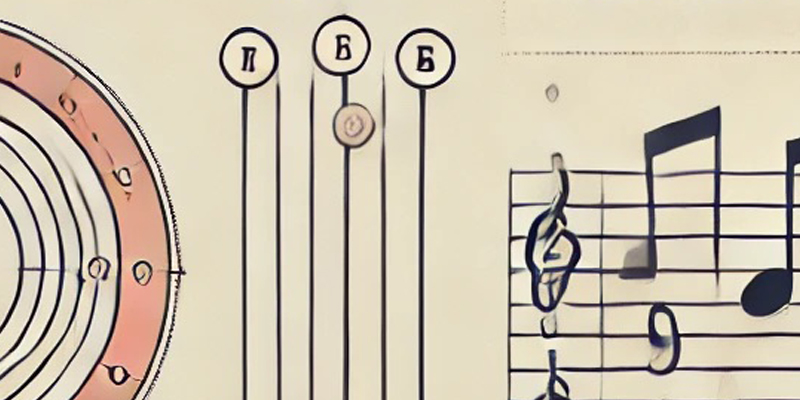Skip to content

Techniques
- Alternate Picking: Use a consistent down-up picking motion to increase speed and accuracy. Practice with a metronome to ensure even timing.
- Fingerpicking: Use your thumb for the lower strings and your index, middle, and ring fingers for the higher strings. Practice common fingerpicking patterns, such as Travis picking.
- Hammer-Ons and Pull-Offs: Hammer-ons involve pressing down on a fret with a finger to sound a note without picking it, while pull-offs involve plucking a string and then pulling your finger off to sound a lower note.
- Bending: Push or pull the string across the fretboard to raise the pitch. Use your other fingers to support the bending finger for better control.
- Sliding: Slide your finger along the string from one fret to another to create a smooth transition between notes.
- Vibrato: Shake the string back and forth to add expressiveness to notes. Use wrist or finger vibrato depending on the desired effect.
- Palm Muting: Lightly rest the side of your picking hand on the strings near the bridge to create a muted sound. Commonly used in rock and metal for rhythmic control.
- Tapping: Use your picking hand to tap notes on the fretboard, often in combination with hammer-ons and pull-offs.
- Harmonics: Natural harmonics involve lightly touching the string at specific points (e.g., 12th fret) and picking to produce a bell-like tone, while artificial harmonics involve fretting a note and lightly touching the string at a harmonic point with your picking hand.
Tips
- Practice Regularly: Consistent practice is key to improvement. Aim for at least 15-30 minutes daily.
- Use a Metronome: Practice with a metronome to develop a strong sense of timing and rhythm.
- Learn Songs: Apply techniques by learning songs you enjoy. This makes practice more enjoyable and practical.
- Record Yourself: Recording your practice sessions can help you identify areas for improvement.
- Study Music Theory: Understanding scales, chords, and progressions will enhance your ability to improvise and compose.
- Use Proper Posture: Maintain good posture to avoid strain and improve technique. Keep your back straight and your wrist relaxed.
- Warm-Up Exercises: Start with simple finger exercises to warm up your hands and prevent injury.
- Learn from Others: Take lessons, watch tutorials, and play with other musicians to gain new insights and techniques.
- Develop Your Ear: Practice ear training to recognize notes, intervals, and chords by ear. This will help in improvisation and learning songs by ear.
Tricks
- Capo Usage: Use a capo to change the key of a song without changing the chord shapes. Great for accompanying singers.
- String Bending with Multiple Fingers: Use multiple fingers to bend strings for more control and less strain.
- Chord Inversions: Learn different chord inversions to add variety and sophistication to your playing.
- Hybrid Picking: Combine pick and fingers for a versatile picking style. Useful in country, rock, and jazz.
- Volume Swells: Use your guitar’s volume knob or a volume pedal to create smooth, violin-like swells.
- Using Effects: Experiment with effects pedals like reverb, delay, overdrive, and modulation to create unique sounds.
- Playing with Dynamics: Vary your picking strength to add dynamics to your playing. Play softer for verses and louder for choruses.
- Open Tunings: Experiment with open tunings (e.g., Open D, Open G) to find new chord voicings and inspire creativity.

